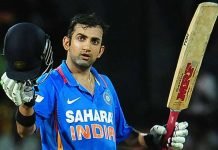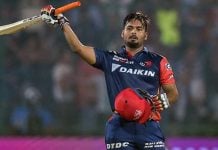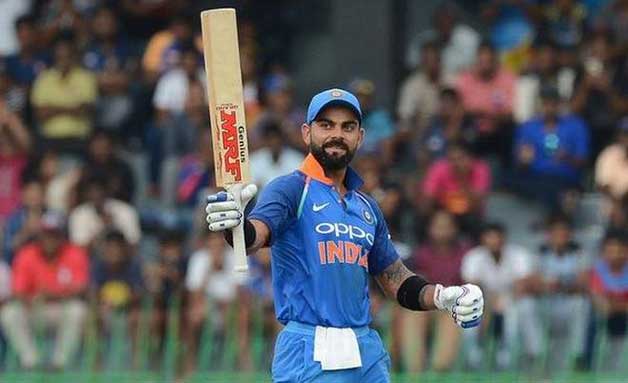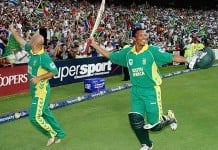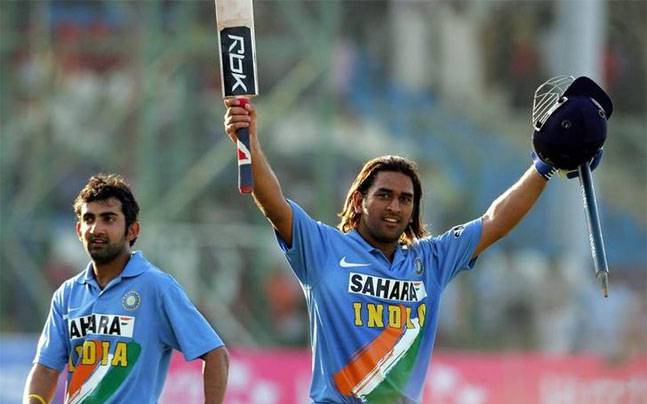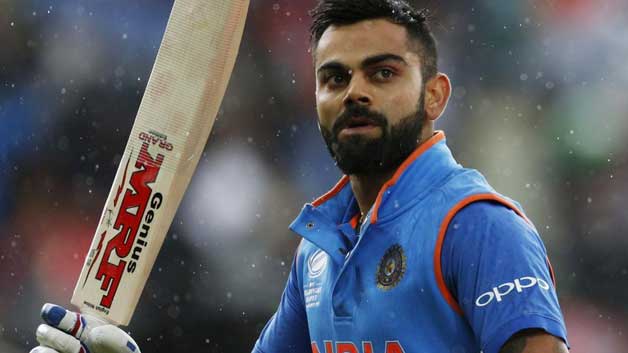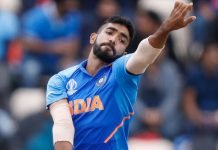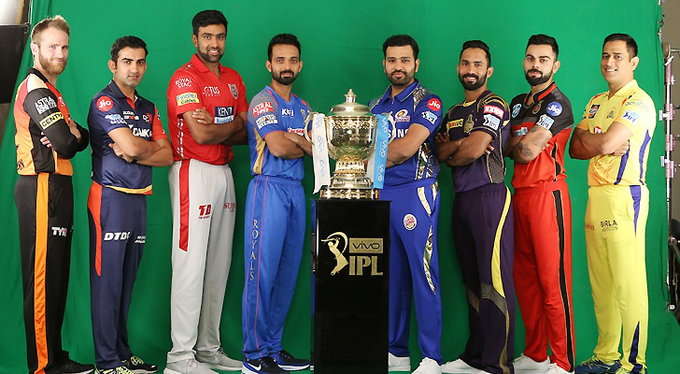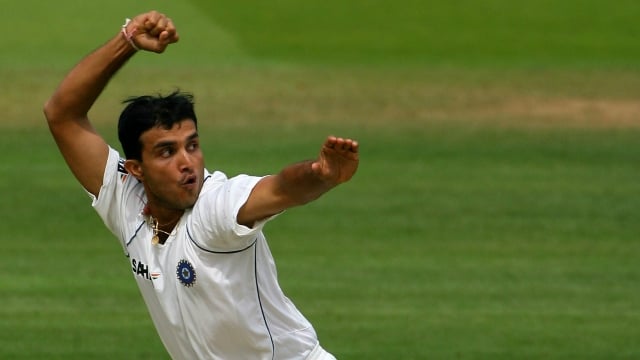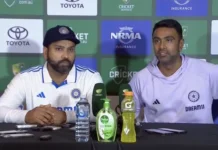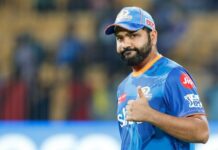Kohli vs Richards, The Debate of the Greatest ODI Batsman
Facts are stubborn, but statistics are more pliable, said Mark Twain. The Debate of The Greatest ODI cricketer of all time always ends up on stats rather then facts. The comparison among the Old & New, Best & Legend players often end up on stats among there fans. The number figure of a player is so easy to get on internet (thanks to increase in cricket websites) then to learn the game technically. Increase in media has help to influence the young fans towards current cricketers. It often tends them to overshadow some of the games greatest player. Same can be said in this case of Kohli vs Richards, soon as Virat equaled the record of Vivian Richards of fastest 5,000 runs, fans started to draw comparison among both, few even stated Kohli being better then Richards because of Age, Strike Rate & Hundreds, like stats. Those who have seen Richards playing, the fans from the 70s, 80s era came against this & argued Vivian as a Great ever ODI Batsman in history. Statistics revealed of Richards’s career until he reached 5,000 runs to compare both player’s stats & arguments begins.
Cricket is game of stats which no one can deny but when it comes to separate “the great & the legends” its not just some number. Because runs, average & strike rate of the batsman never tells you the whole story, its just half-truth that gives you a fair idea about player but it can lead you 8 miles across the truth too. Batting average, strike rate & hundreds score in cricket are not absolute measures of batsman across different eras; they are relative measures of batting performance in comparison to bowling and fielding. However, it is tough to prove the fielding strength of opposition on paper but one can debate about bowling standard. I am personally not a very big fan of the “Naked stats” which hide the truth by larger extent. Stats if analyzed properly can give a fair idea about player and his career & innings. An example is the 85 runs made by Tendulkar in second semi final of World Cup 2011 (vs. Pakistan) seems good on paper, where as he was dropped twice (27 & 44) before being caught by Afridi on 85. Stats will not show this two-missed catches but will only add 85 runs to the career total of Sachin R. Tendulkar. Cricket has always been a statistical and it will be always, yet somehow the game has been largely let down by the numbers categories providing raw data, which is not so meaningful if analyzed. Average is being termed as the most important aspect of a players career be it batsman or bowler and often considered by fans to compare them against each other & crowned one among them as the “Greatest” of all. In the case of cricket the batsman’s ability to score runs has been declined largely compare to batsman of 1940s. thus if any one believes batting average is sole parameter to measure the cricketers, he must believe that over nine percent of the test cricketers of the 40’s era were better than the best batsman of 90’s era (Considering player with 1 match also). There are no parameter to rank fielders yet (one cannot compare them based on catches & run out). On the other note the decline in average can be possible because of the improvement in the standard of fielding, rule changes that allowed batsman to score more runs resulting in better average. The difference in average is affected by fielding & bowlers largely, then the batting skills alone. Cricket has seen drastic changes in rules helping to affects the stats, Also change in skills and strategy over the different decades help in producing the better batsman’s then before as coaching standard has improved, especially for kids. Coaches have video of Cricket legends of different era; they have seen different strategy over the last 30 years in cricket. Although the rules of test matches have not changed much over the larger period, One-day international cricket has seen a drastic change in last 2 decade. The ODI Cricket played in 2010’s (Kohli’s time) supports batsman more then ODI cricket been played during 80s or 90s (Richards Era). The uncover wicket which mostly helps bowler has been covered now a day during rainy season, batsman steps into the ground with all kind of safety equipment (Helmet, Gloves, Pad etc).
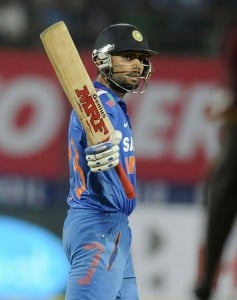
Let us take an example of Virat Kohli and Sir Vivian Richards. I personally believe Vivian Richards can be termed as best ODI batsman in Cricket and Virat Kohli has just equaled the fastest 5,000 feet of VIV Richards. Both are middle order batsman & both have almost same stats, like 5,000 runs in same innings with almost same matches (Kohli has played 6 less number of matches compare to Vivian’s 126 matches), Vivian averages 53.02 & Kohli 52.13 which can’t be a decider too, both poses almost same strike rate of around 89 & 90. Last the top score in an innings, again no decider Kohli with 183 & Vivian with 189, so it is impossible to separate both using the provided stats, both will have there favorites supporting them. Let us analyze stats further; Vivian Richards is from the era where one-day cricket was still new. Where as Kohli are playing in the whole different era & One day rules has changed quite drastically in last 20 years. 30-Yard circles, power play, free hit & restriction of bouncers in over all lean in favor of batsman where as there is no single rule change, which has made to favor the fielding, teams. Another interesting factor which can be said in defense of Vivian is the average of middle order batsman in different era has seems to increase decade by decade, in Richards era the average of the middle order batsman was somewhere just below 30 when we compare this with today’s middle order batsman its 34.
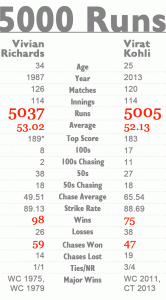
The Strike Rate of a batsman is consider as next best aspect of a batsman in One day Cricket, where as one cannot argue that the par score of today’s cricket is increased by good 30-40 % compare to 70s & 80s era where 220 seems to be a good total to defend. Both Kohli & Richards manages to keep strike rate near to 90’s. Again, if we analyze further, Richard’s strike Rate in 70s & 80s was remarkable & it was very rare to see player with strike rate of 90. Where as Kohli have company of Dhoni, Sehwag, Jayasuriya, De Villiers & Amla of his era & around, although just like Vivian Kohli stand out among the cricketer of his generation with his impact & the consistency in ODI. . The typical middle-order ODI batsman in the 1990s scored at 71 runs per 100 balls. In the 2000s, this rose to 75, in the 2010s it has risen further to 78. The pace at which Richards played was not common in those days and he has always played without helmet. He has achieved highest rating in O.D.I. Cricket. Like Richards was far more superior then other batsman of his era and can be termed as match winning player with consistency, it can be said to Kohli of this generation & no doubted he is ranked 1 currently by ICC ranking. With change in scoring pattern from 1973 to 2013, the line of comparison seems meaningless & waste for a batsman of 70, 80s era with a batsman of 2000’s & 2010’s. The total that was over the par in 80s is below the par in today’s cricket. The Runs per Over & Runs per wicket in 70s & 80s was 26 & 4 respectively, (that means 26 average & eco of around 4). Where as in 200’s it has increased by 1 runs per wicket & economy is 4.72. The percentage of 300 runs in inning was only 2% in 70s & 80s compare to 11% in 200’s & 2010s. ODI centuries were rare in Richards era. In the career of Richards 80 ODI centuries were scored in as much as 4921 innings in the middle order, one in every 61 innings. Richards made 11 in 166 innings, or one every 15 innings. Every sixth inning played in the middle order was worth 50 or more between 1975 and 1991. Richards made a half-century every three innings. The Batting average has increased from 28 to 32 in last 40 years of ODI Cricket
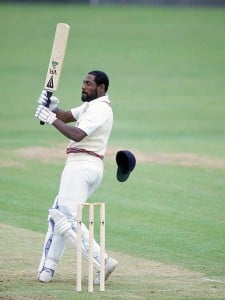
Even after Richard’s career, numbers are impressive, it do not convey his dominance on bowlers. When Richards compared with modern day cricketer, he may look behind Amla, Kohli, Dhoni & DeVilliers, on paper. The fact is the batting average of the batsman has risen to 34 in the 2010s from 30 in Richards’ era. These conclude the comparisons across eras are meaningless, and it does not make sense to evaluate Kohli with name of Sir Vivian Richards. Statistics can be tweaked used as per the convenient it can prove anything, except the truth


